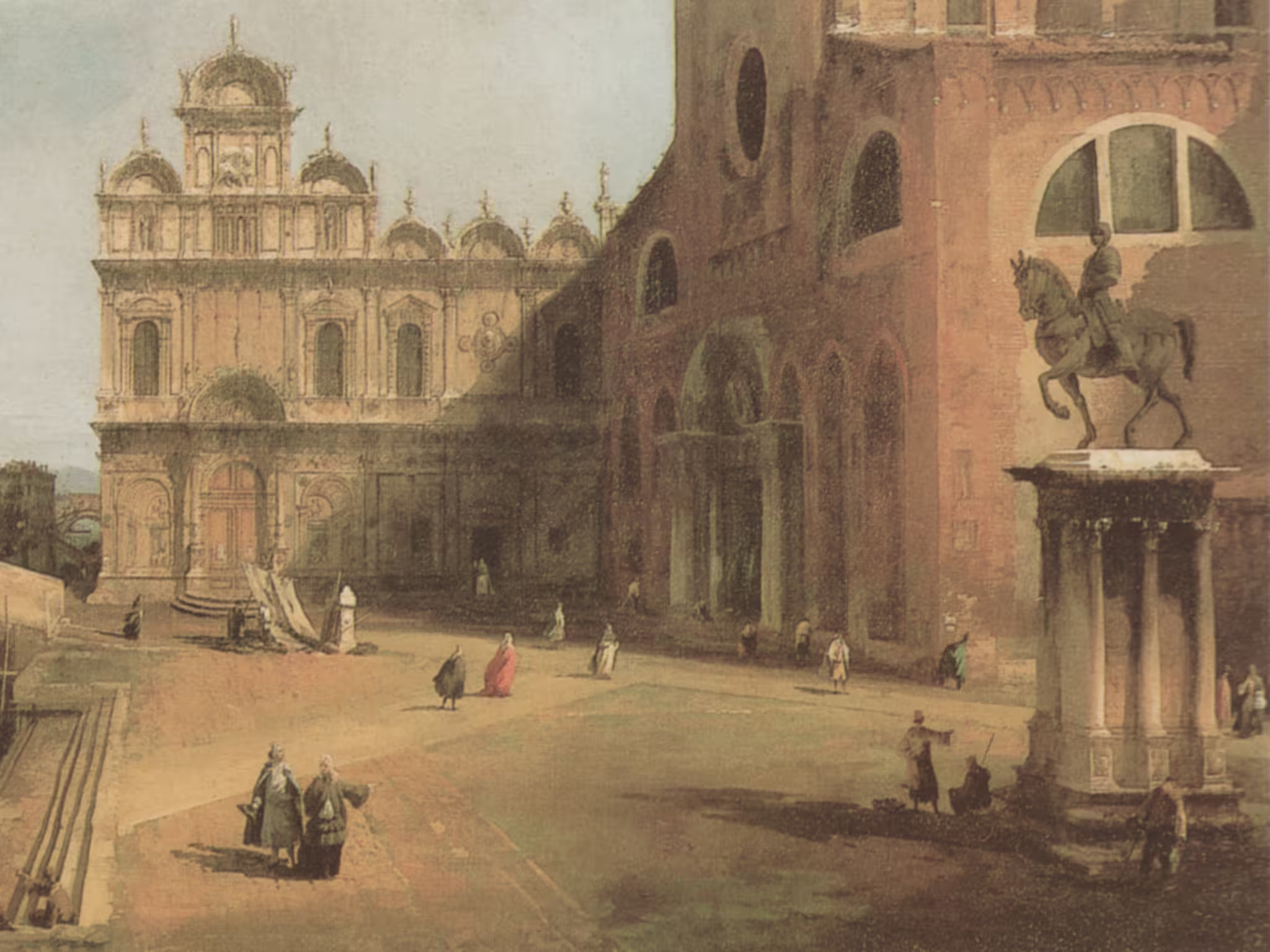Articles
-
Lazzaretto Nuovo – the first quarantine station
The quarantine station on Lazzaretto Nuovo was for three centuries one of the main Venetian defences against the black plague.
-
Why did it take so long?
It took the Venetians almost a century to do something efficient about the black plague – but we haven’t fared much better with climate change.
-
Why is Venice a pedestrian city?
In Venice everybody walks, but why has Venice become a pedestrian city, when it is constructed around canals and boats.
-
Fanti da Mar – a historical re-enactment
The ‘fanti da mar’ were a corps of naval infantry of the Republic of Venice. Today a group of enthusiasts re-enact the ‘fanti da mar’.
-
Paterae – medieval Constantinople in Venice
The paterae in Venice are small round reliefs that are scattered around the city, most of them dating to the medieval period.
-
The Fall of Venice
The fall of Venice on May 12th, 1797, was the result of a war that the Republic of Venice formally wasn’t even party to.
-
The Venetian Lazzaretti
The lazzaretti in Venice were the Venetian republic’s response to the emergency of the plague, and an efficient response too.










